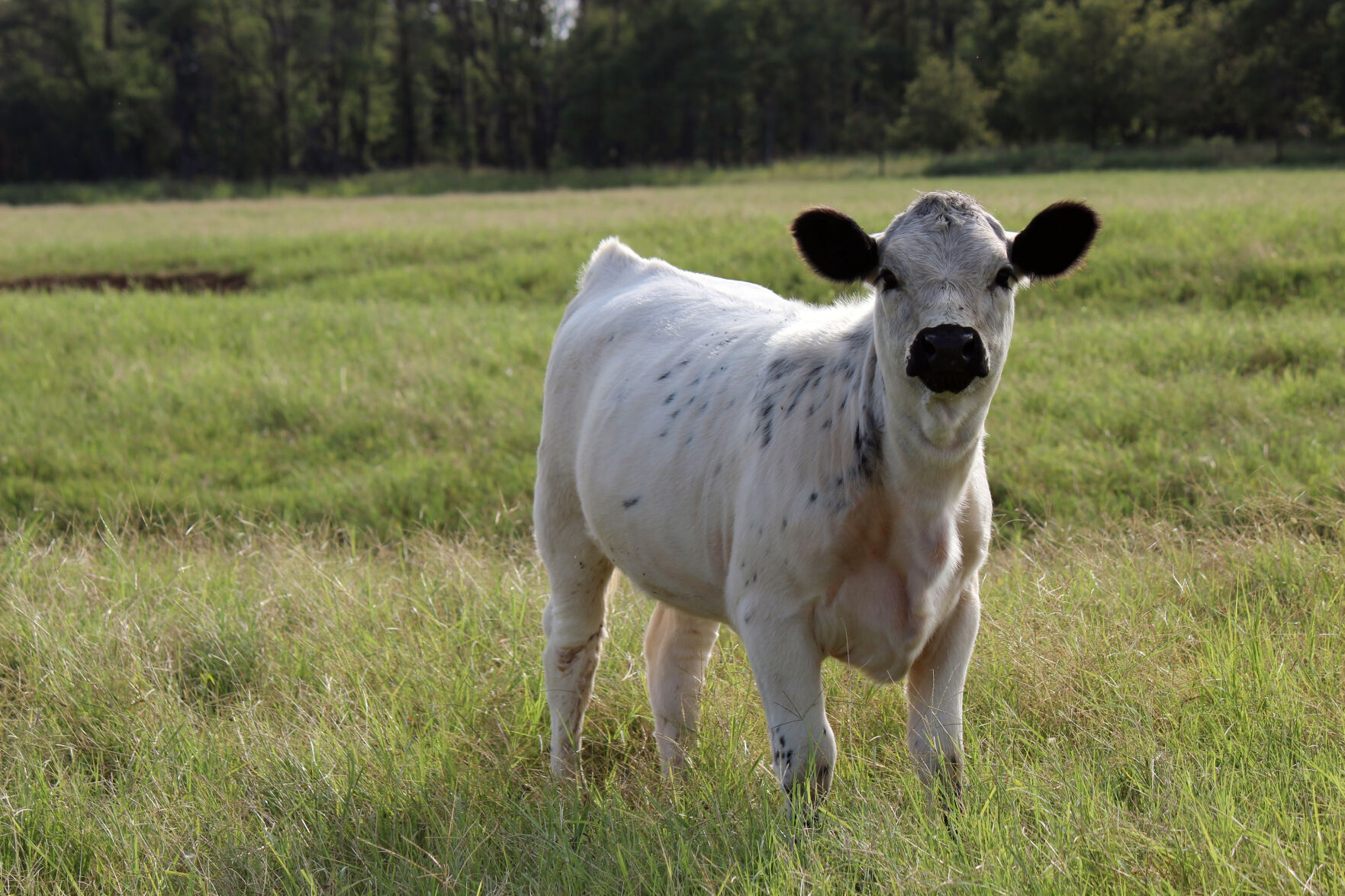Just like the youth of today foreshadow what the world will look like in the next generation, heifer selection and first calf heifer management determine the future of cowherds. Overseeing this stage of their life makes a significant impact on cow-calf success.
Dr. Adam Bassett, DVM and resident in theriogenology at the Oklahoma State College of Veterinary Medicine, said for many first calf heifers, their future as breeding stock has already been decided before they have even had their first calf and in some ways it happens before they are even born, which is why heifer selection is key. Some aspects to consider when selecting heifers include: mothering ability, confirmation and overall health and response to health management.
Bassett said puberty is also key to a heifer’s future success in a breeding herd. Bos Taurus cattle tend to reach puberty at about 12 to 14 months of age, while Bos Indicus puberty is usually delayed a bit at 15 to 18 months of age.
“That determines when a heifer is ready to breed in the first place and may determine whether or not you want to keep that animal in the herd,” he explained.
According to Bassett, there are several definitions for the onset of puberty: age at first estrus, age at first ovulation and the most common is age for pregnancy support.
“A common rule of thumb for when beef heifers begin puberty is when they’ve reached about 60 to 65% of adult body weight by the first breeding season,” he said. “They’ll be more likely to conceive successfully and support the pregnancy all the way through to calving.”
When retaining heifers, Bassett said it is a good idea to retain more females than you need so if some do not turn out as successful as expected, there is room to weed those animals out.
“One of the more common practices is to retain your oldest heifers or heaviest heifers,” he said. “The oldest ones were born the earliest and have had the most time to grow and mature and the heaviest heifers most likely had good mothers that lactated well and raised their calf well.”
Bassett said producers must also consider the environment of their ranch and select animals that will best fit the setting and weather. “Just because they were raised on your ranch doesn’t mean they fit the environment, so pick the ones that have did the best,” he added.
When making a pregnancy diagnosis by ultrasound, it is a good idea to retain the heifers that conceived the earliest because they are most likely the most fertile. Furthermore, cattlemen can use genetic testing to analyze factors such as marbling traits and genetic diseases to select replacement heifers. These tests can assist producers in determining both animals to keep in and out of a herd.
Spotlight on heifer nutrition
The phrase “eating for two” takes on a whole new meaning when it comes to heifers, so nutrition should be at the forefront of every cattleman’s mind when managing these females.
“The key thing about heifers is that they’re still growing and becoming adults and that presents some specific challenges with heifers compared to mature cows,” Bassett explained. “It’s a good idea, if possible, to separate your first and second calf heifers from the mature cows to give them special attention. All of the nutrients they take in need to go not only to raising the fetus within them, but also to developing their own bodies.”
In fact, the way producers feed heifers has a trickle-down effect for the generations to come because the dam’s nutrition, adequate water and hay in the winter can make or break the development of the future replacement heifers growing in their wombs. Bassett suggests producers aim for heifers to have a body condition score of 5 to 6 out of 9 at breeding and calving and should reach 85% of their body weight during gestation.
“You can achieve that if you have the proper nutrition management leading up to breeding time,” he said. “If you let them get too thin or too fat, you could have problems breeding them back, but you’ll also be predisposed to having calving problems as well.”
At breeding time Bassett suggests cattlemen breed heifers a month in advance of mature cows to allow heifers to calve earlier and give them more time to heal from calving and breed back. The postpartum period, or time between calving and the first estrus cycle, takes longer in heifers than mature cows. Bassett said full uterine involution is 30 days in heifers and about 20 days in cows.
“You need this to happen completely in order to be able to successfully breed back,” he said. “This is just the uterus shrinking back to a normal, non-gravid size.”
Another reason to keep heifers separate and monitor often when they are getting ready to calve is because calving difficulties will lengthen the post-partum period and intervening when necessary can reduce their healing time and even save the heifer and calf.
“With every 30 minutes added when assistance is needed, you tack on time to that post-partum period, which means a delay in the heifer’s ability to be retained in the herd,” Bassett said.
Once the heifers have calved, they face a new set of nutrition requirements since they are now lactating and have to produce enough milk for the calf and keep up with their own body development.
“When they are lactating, so much of the nutrition and energy goes toward producing that milk that you need to make sure they are getting the proper nutrition and maintaining the proper BCS,” Bassett explained. First and second calf heifers can present some unique challenges, but thinking about some of these various management strategies will help to improve some of the longevity in your herd and having that endurance for these heifers you retain is important.”
Lacey Newlin can be reached at 620-227-1871 or [email protected].



